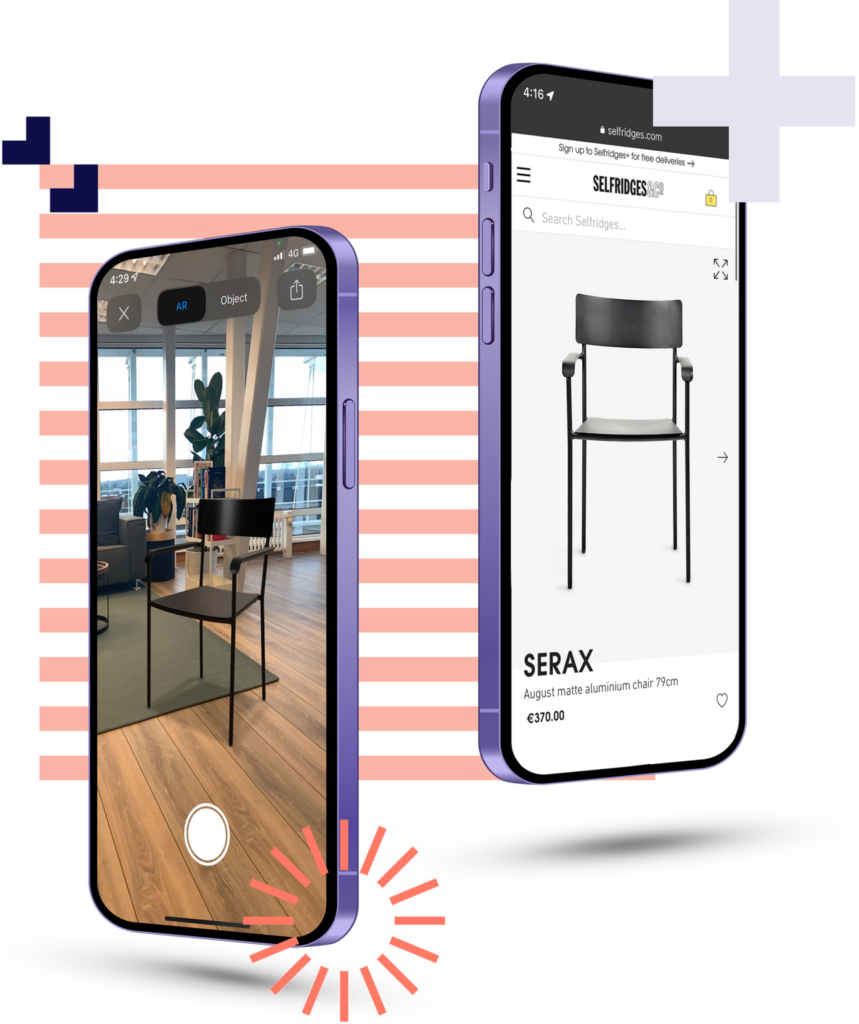Here at Rendered we don’t think that CGI will make photography obsolete, there will always be use cases for either CGI or photography, in some cases both used together.
But there is no denying that the technology to create computer generated images has gotten so much better and efficient, that often it’s faster and cheaper to produce. These technological advances allows for the creation of product and lifestyle images by rendering 3D assets into photorealistic images, ready for web or print use.
As usual, Ikea was a front runner in this space just like they were with AR products in their Ikea Place app. Ikea has been using CGI for their catalogs for over a decade now, and recent publications are almost completely CGI. But CGI is not an automated process, these aren’t machines doing the work, CGI requires expertise and creativity to produce good looking, realistic images.
The traditional skills of photographers are a great asset for CGI, as camera angles, composition and lighting all play significant roles within the creation process of CGI. Art direction and styling are equally important and 3D scenes need to be set up with the correct styling and look that the client is after.
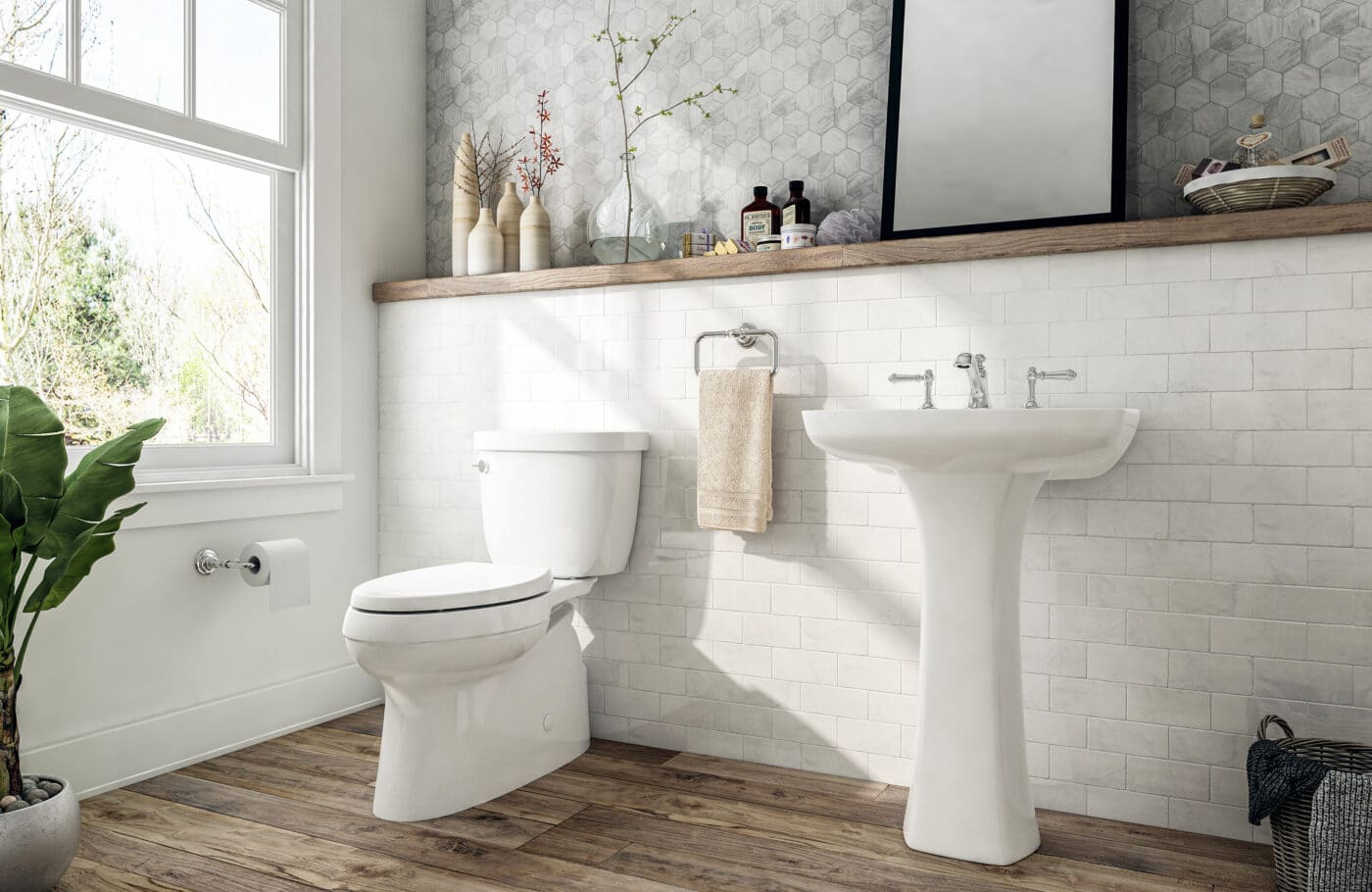
In the case of furniture, CGI is a more economical choice because it takes shipping costs out of the equation. No longer must furniture be shipped to a studio where the photos are created, instead the product is created in 3D as a digital twin. This allows you to go to market quicker while the product is still in the factory.
The need to build and create physical sets (or rent expensive spaces) is also not needed anymore, saving time, space and money. Instead sets are built in 3D with the freedom to change lighting, camera position and angles at any time. One other benefit is that sets can be adjusted quickly, colors can be changed and decor can be moved around, even months after the initial 3D scene was created.
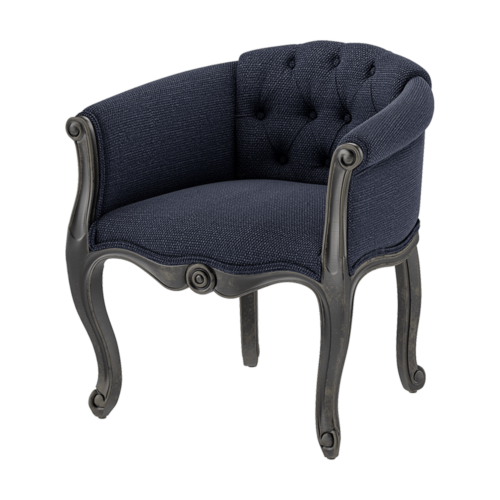
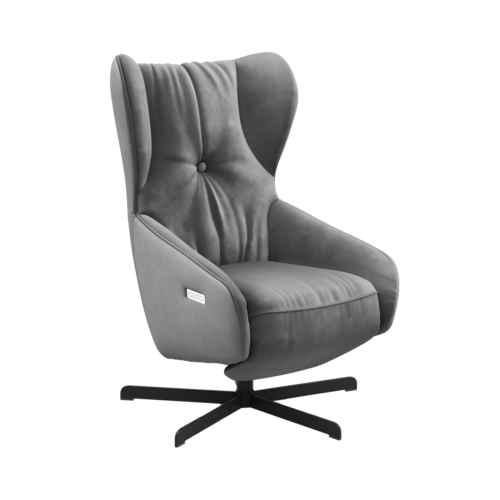
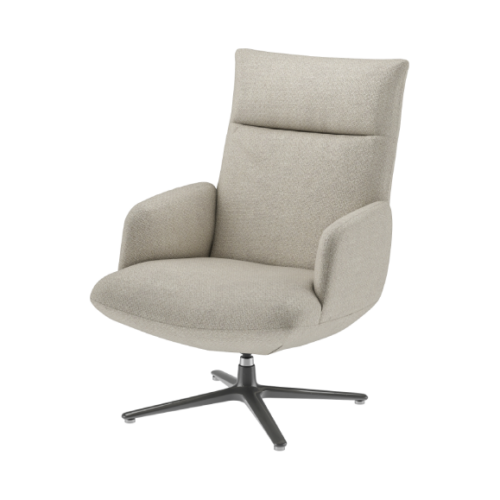
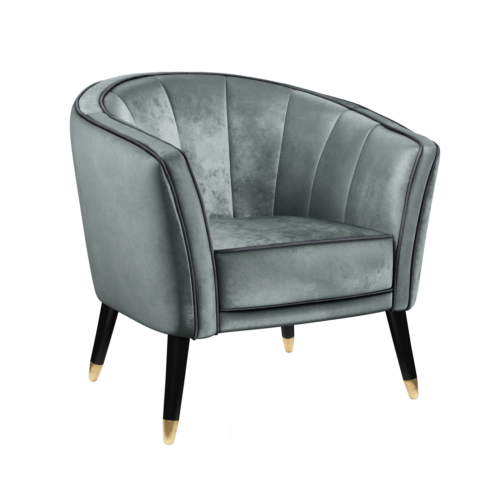
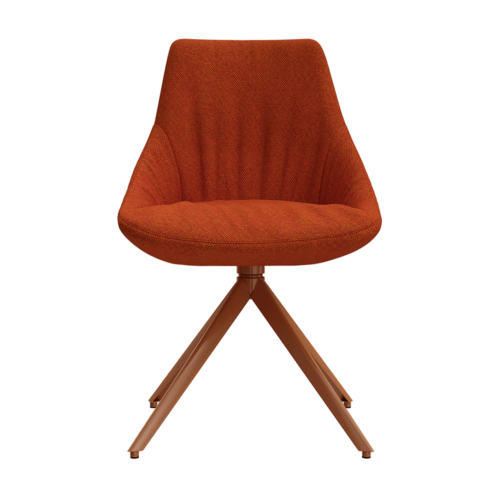
If you are thinking about implementing CGI for your business, here are a few things to remember:
- 3D assets will first need to be created of your products, these can be produced from a few simple reference photos. Assets created for the purpose of CGI need to be detailed and accurate to the physical product.
- Multi-use, once you have the 3D asset of your physical product the optimized version can be used for interactive 3D experiences, while the high quality version can be used to produce CGI content.
- It is important that the CGI content produced is realistic and most importantly consistent, this will give all products on your site the same look and feel. Additionally, camera and lights setups can be copied from your existing photography specifications so that photos and renders can live side by side on your website or webshop.
If you want to see how Rendered can help you transition to utilize CGI, contact us and one of our consultants will get in touch with you.





